8.4 Designing a Custom Query Report
After you have created a Custom Query Report, either through the Report Designer Query Editor or the Query Editor built into the browser-based administration interface, you can design the layout of the report.
NOTE:This exercise introduces you to some of the very basic design features of the Report Designer. Through familiarizing yourself with the basic features, you will become proficient enough in the interface to try more advanced features.
-
From the listed Custom Query Reports, select the one you want to design.
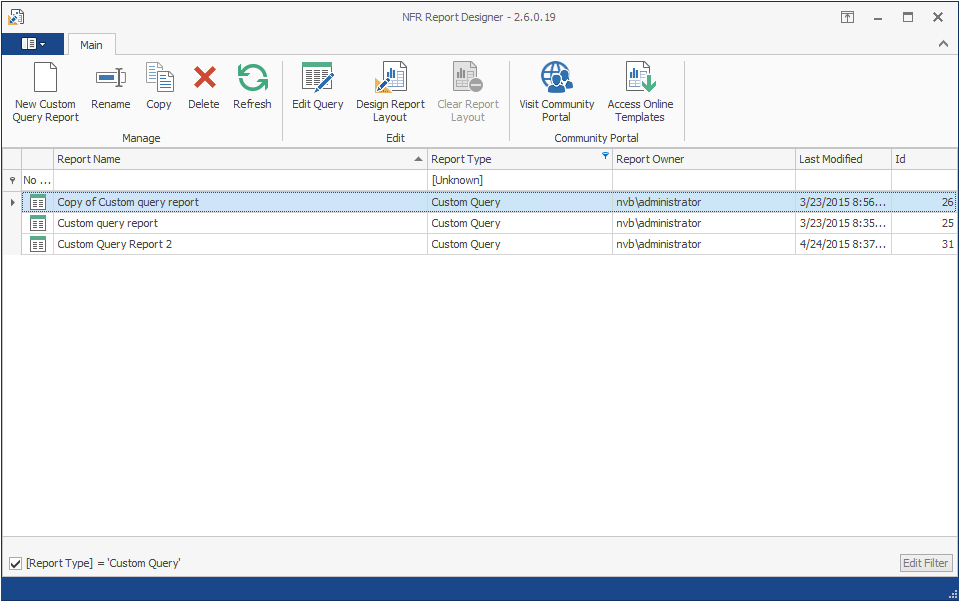
-
Click Design Report Layout.
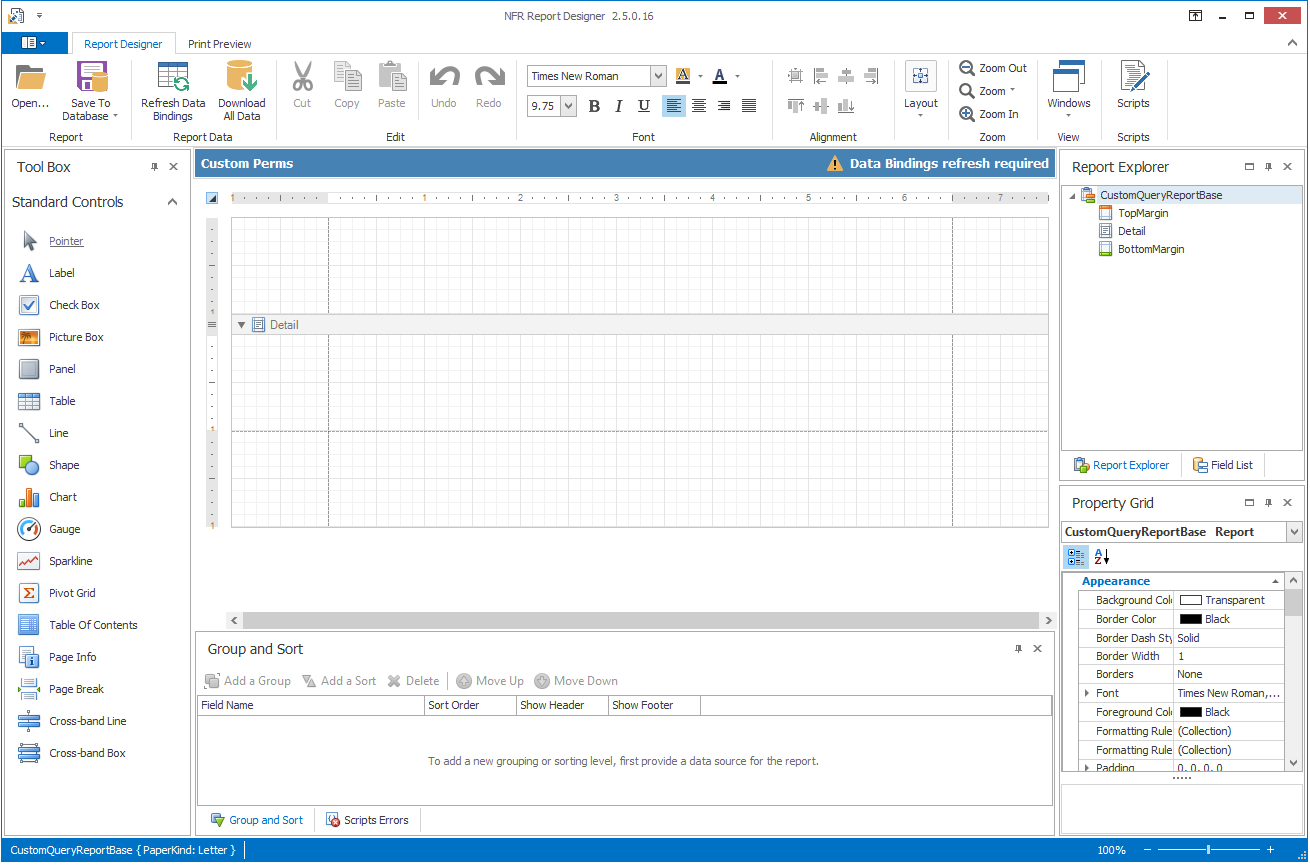
-
Click Refresh Data Binding.
-
In the upper-left corner of the layout grid, from the Data Member drop-down menu, select Query Results.
This action properly ties the data to the Report Designer.
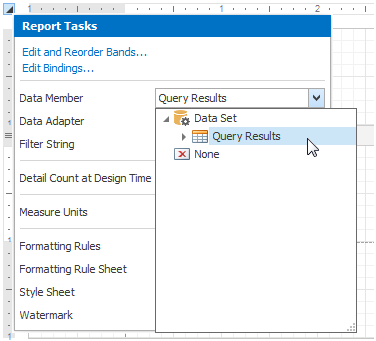
-
At the bottom of the Report Explorer region, click Field List.
-
Expand the Query Results to show all of the result fields of the Custom Query Report.
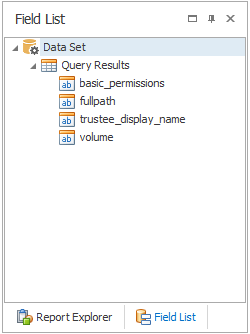
-
Drag the result fields to the Detail region of the layout grid.

-
Resize the frame so the bottom is aligned with the bottom of the four report elements.

-
Right-click above the Detail frame and select Insert Band > Page Header.
-
From the Tool Box, drag a Label over to the new PageHeader frame and line it up above the first report element.

-
Repeat Step 10 for each label you want to have in the report.
-
Edit the label names.

-
Resize the frame so the bottom is aligned with the bottom of the report elements.
-
Click the Download All Data button.
-
When the confirmation dialog box appears, click Yes.
-
Click Print Preview to view how the report looks up to this point.
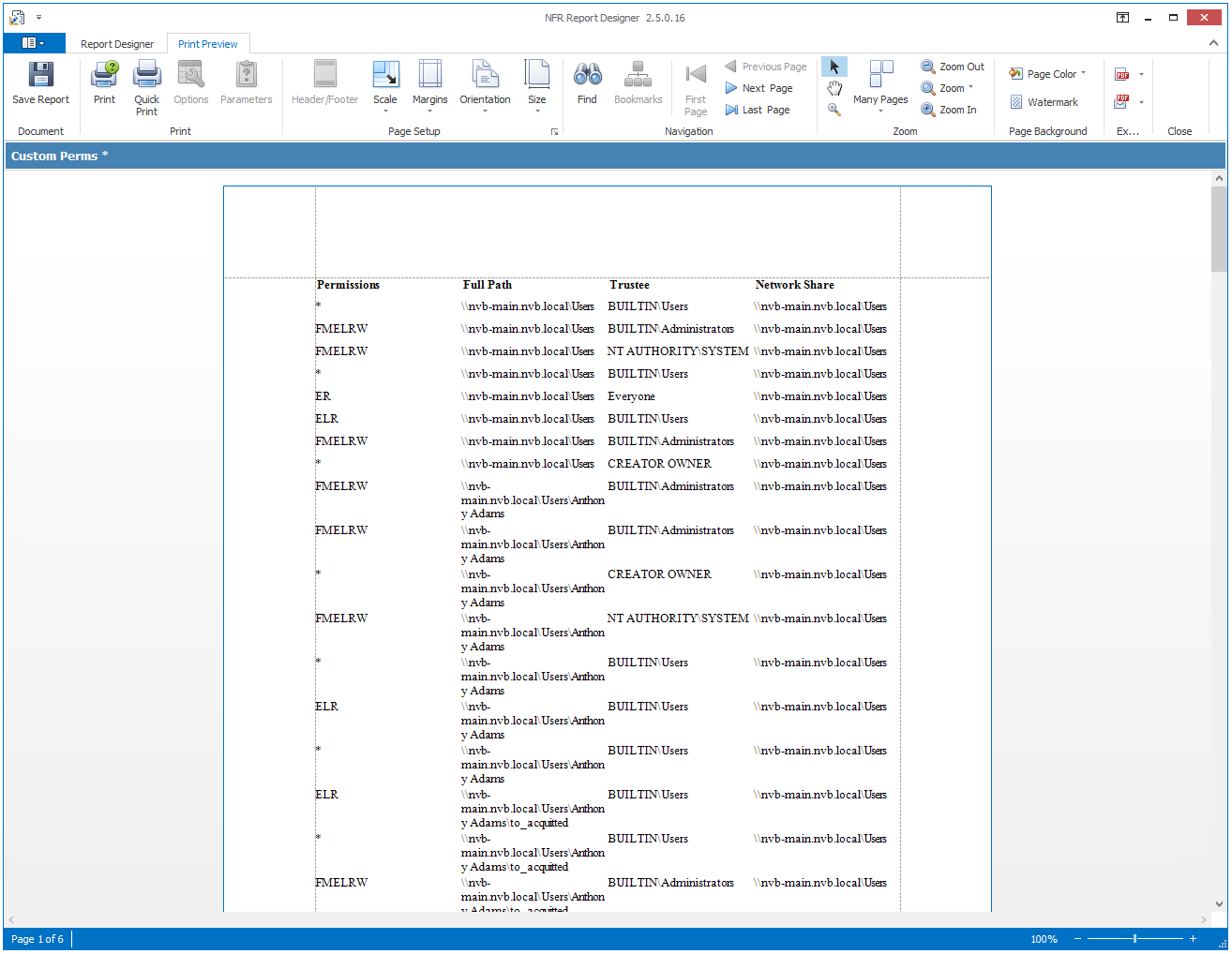
-
Click the Report Designer tab.
-
Right-click above the PageHeader frame and select Insert Band > Report Header.
-
From the Tool Box, drag a Label over to the new ReportHeader frame and center it at the top of the frame.
-
Enter a name for the report.

-
From the Tool Box, drag a Picture Box below the report title.
-
Activate the frame, click the > and from the Image field, click the ellipses (…) to select a graphic.
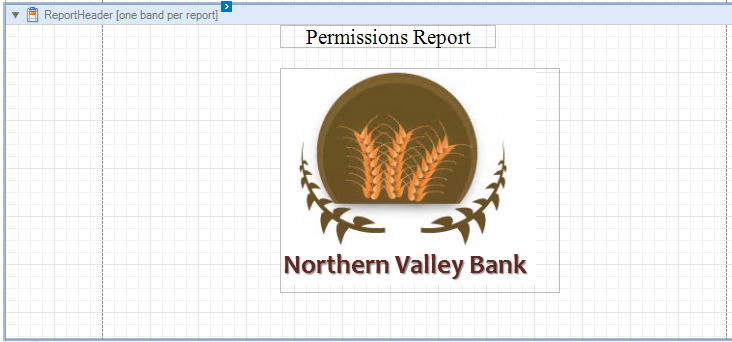
-
From the Tool Box, drag a Label over to the ReportHeader frame and center it below the graphic.
-
In the new label, enter today’s date.
-
From the Tool Box, drag a Page Break to the Report Header frame and below the date label.
-
From the Tool Box, drag a Page Info to the right of the furthermost label on the right in the GroupHeader frame.
You might need to adjust the width of the Page Info frame.

-
From the Group and Sort region, select Add a Group and select one of the result fields you would like the report to sort.
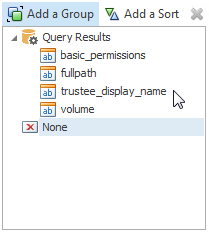
-
From the Tool Box, drag a Label over to the new GroupHeader1 frame.
-
Give the label a descriptive name.
-
From the Field List region, expand the Query Results.
-
Drag the applicable report element into the GroupHeader1 frame, next to the label you just named.
-
If necessary, expand the length of the report element.
-
Select both items in the GroupHeader1 frame; from the Property Grid region, for the Borders setting, select All.
-
Adjust the depth of the GroupHeader1 frame so that it has the desired space you want from the columns in the report.
-
Click Preview Report.
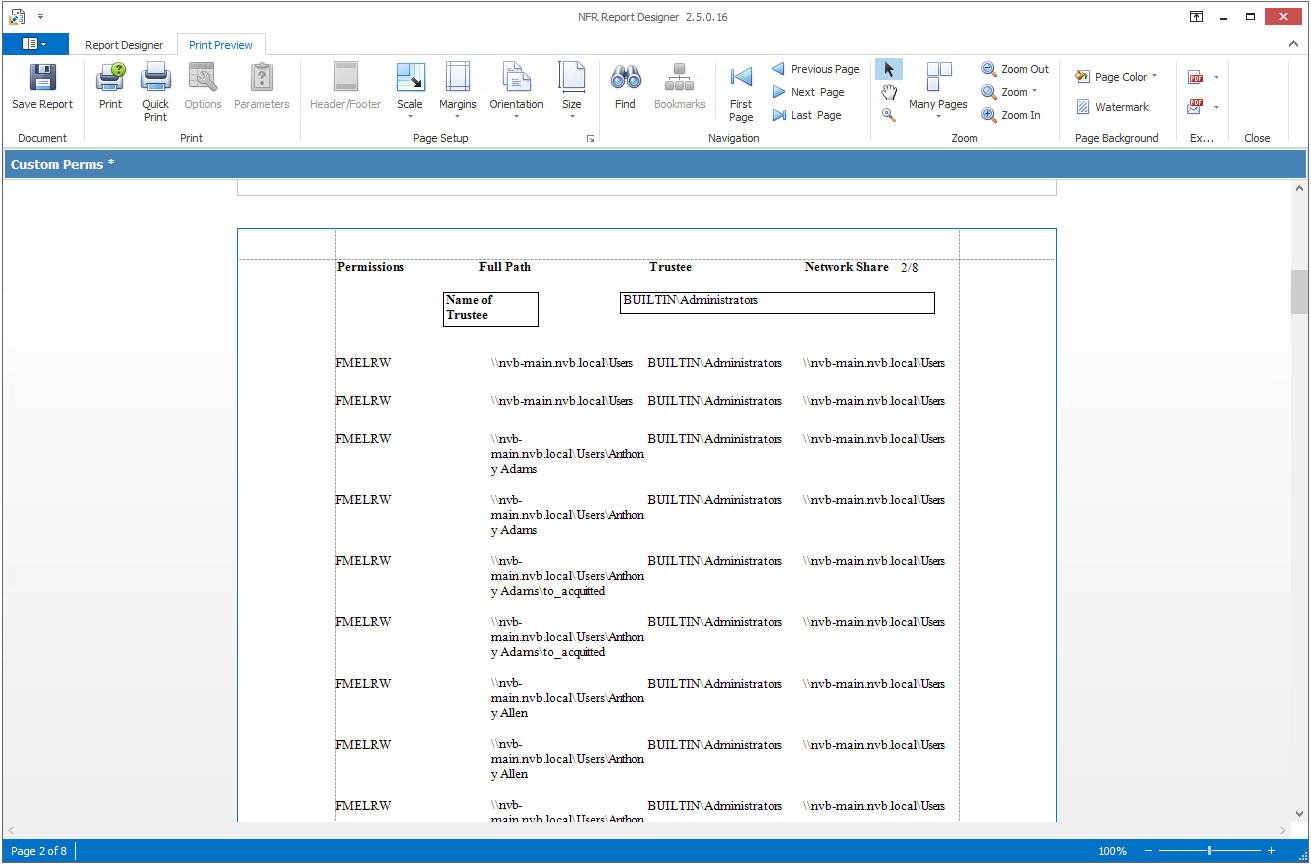
-
Click Save to Database to save the report.
-
When notified that the report definition was successfully saved to the database, click OK.